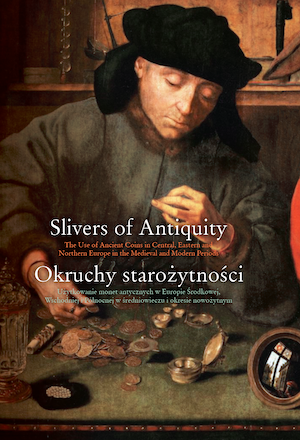ROMAN COINS IN EARLY MEDIEVAL HOARD FINDS FROM THE BALTIC STATES / MONETY RZYMSKIE WE WCZESNOŚREDNIOWIECZNYCH SKARBACH Z KRAJÓW NADBAŁTYCKICH
ROMAN COINS IN EARLY MEDIEVAL HOARD FINDS FROM THE BALTIC STATES
Author(s): Anna Zapolska-Downar
Subject(s): Anthropology, Archaeology, Cultural Anthropology / Ethnology
Published by: Wydawnictwa Uniwersytetu Warszawskiego
Keywords: Roman coins; Balts; silver hoards; medieval context; modern context
Summary/Abstract: Individual Roman silver coins have been identified in early medieval silver hoards practically everywhere in Europe. However, depending on the region, this phenomenon displays some distinctive features. The largest concentration of Roman coins in early medieval hoards is observed in Scandinavia and in the territory of present-day Poland. In the eastern Baltic region, single denarii have been recorded in finds from the Sambian Peninsula and other parts of Lithuania and Latvia in areas with a greater concentration of Roman period archaeological sites associated with the Balt tribes. Also recorded here are several hundred Roman bronze coins thought to be associated with the amber trade. The largest number of these bronzes is in the territory settled by western Balt tribes; there are more modest numbers in the area settled by eastern Balts. During the Migration period, the flow of Roman silver coins was much smaller. Despite this, single Roman denarii have been recorded in hoards of early silver. These denarii are unlikely to represent early medieval finds picked up on sites of the Roman period, and were probably imported to the region with other silver. In the present study, I propose to establish the time and the source area of the Roman denarii flow to the territory of the Baltic states where subsequently they were deposited in hoards alongside with early medieval silver (coins and/or ornaments).
- Page Range: 263-281
- Page Count: 19
- Publication Year: 2020
- Language: English, Polish
- Content File-PDF

